The Everything Machine
Hermione carried a charmed beaded bag that contained everything from books and clothes to a three-room tent. Video game designers often mimic J. K. Rowling’s approach by allowing players to carry an unrealistically large number of items. Players prefer this because an ample inventory bolsters two popular game mechanics: collecting and crafting.
Crafting is a way to create new items from the ones you collected. Early games like King’s Quest and Ultima had forms of crafting, but it was 2011’s Minecraft that brought the concept to hundreds of millions of players. Minecraft contains over 350 crafting recipes, each resulting in a new item, often an ingredient in another recipe, forming a chain. Players chop down trees to gather wood; they craft the wood into planks, craft the planks into sticks, and finally craft the sticks into valuable items such as ladders, torches, fences, axes, and fishing rods.
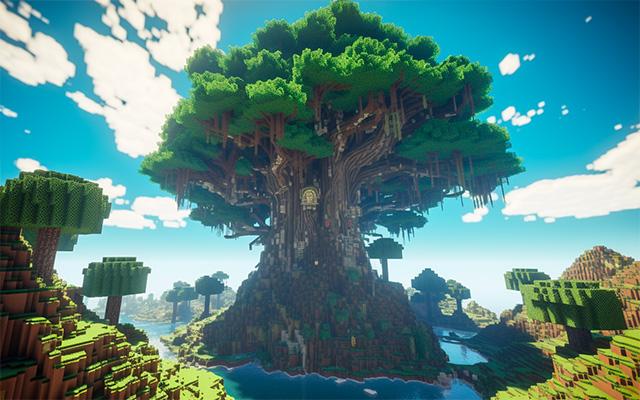
Although just a game, Minecraft’s crafting system reflects two profound truths about reality: new things are assembled from existing things, and complex things are assembled from simpler things. Leroy Cronin, a Chemist at the University of Glasgow, formalizes this notion in the domain of molecules with something he calls Assembly Theory. His theory says the cost of making a molecule is the cost of attaching the parts — forming the chemical bonds — plus the cost of creating each part in the first place. This formula is recursive: parts are made of parts, and so on.
In the field of Linguistics, Compositionality, which resembles Assembly Theory, says the meaning of a complex expression is the meaning of its parts plus the way those parts were combined. Other fields also exhibit elements of assembly. Music is not just a stream of sounds; it contains notes, chords, phrases, and sections. Movies are not just a sequence of frames; they are assembled from shots, scenes, and acts. In engineered goods like cars or smartphones, assemblies are depicted visually in CAD drawings.
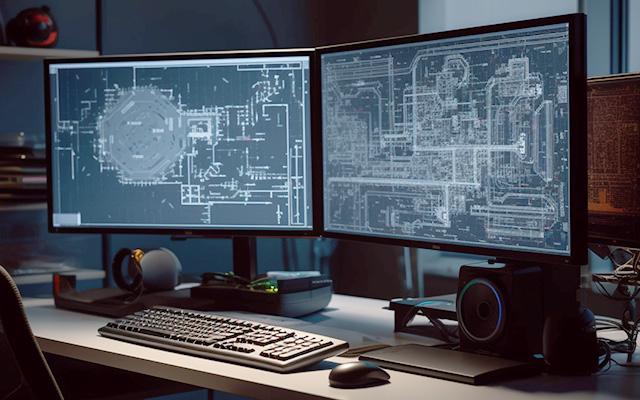
The universe has been assembling older, simpler parts into new items since the beginning. The era of “recombination” after the Big Bang led to hydrogen and helium, the simplest atoms, while generations of exploding stars produced the rest of the periodic table. The Earth formed with these atoms plus simple molecules such as water, methane and ammonia. With life’s advent we saw complex molecules such as lipids, carbohydrates, proteins, and nucleic acids. Atoms are the LEGOs, while molecules are everything those LEGOs can make.
Eventually life evolved genomes that created animals with central nervous systems, including human brains, the first “general intelligence” on the planet. Humans created language, writing, culture, and technology. Culture and technology evolved much faster than biology. A person who saw the Wright Brothers’ first flight in 1903 could have easily lived to see the Concorde in 1968. And someone who saw the first internet packet sent in 1969 could be playing with GPT-4 on their phone today.
Culture has achieved this incredible velocity despite running on brains largely unchanged from when we roamed the Serengeti thousands of years ago. AI will be different: AI evolves on a substrate of hardware that improves at the breakneck speed of technology. Basically everything about machines is improving, and the number machines we are using at a time is soaring, and all of these improvements will continue indefinitely because the economic incentive for better AI is unbounded — more and cheaper intelligence can help with every human endeavor. The principal industrial activity of the 21st century will be turning large quantities of matter and energy into compute.
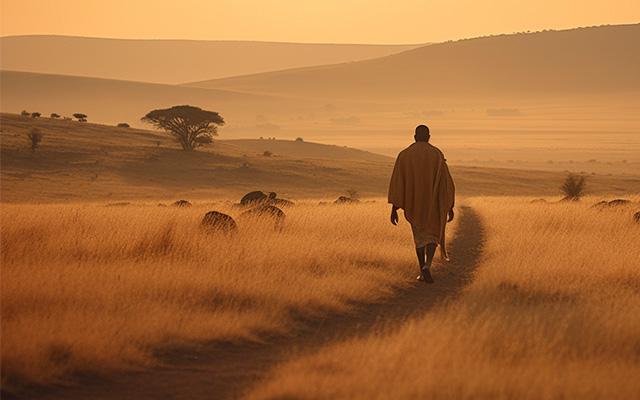
Every node in the tree structure of an assembled object is a decision point, a decision point where someone chose which items to assemble and how to assemble them. For example, the average Hollywood movie contains over 1000 shots. Many decisions go into each shot, but let’s say you’ve narrowed it down to two options: A or B. To create the movie you must make 1000 binary decisions. Those decisions will result in one of 21000 possible movies, a number just over 10300.
This is the part of the article where the author struggles to provide intuition for this super large number. I might gesture to the number of grains of sand on Earth, stars in the galaxy, atoms in the universe, or seconds since the Big Bang, but none of those make a dent in this number of possible movies. So here’s my attempt to convey the scale: imagine you have six dice, three have the same number of sides as atoms in the universe, and three have the same number of sides as grains of sand on Earth. The number of ways you can roll those six dice is the number of movies you can create with those 1000 choices. And we haven’t considered additional decisions related to the characters, the casting, the costumes, the setting, the dialog, the special effects, the stunts, or the soundtrack.
We have no intuitions for numbers this large because they are essentially infinite. There’s nothing special about movies, either. If you write an essay with 1000 words and make at least one choice for each word, you also made 1000 binary choices. If you are doing anything at all and make a choice a minute for just two working days, that’s 1000 choices. You could be creating music, writing a novel, or planning a wedding — it doesn’t matter. And big projects with many people collaborating? That’s millions of choices, not thousands. Imagine those dice.
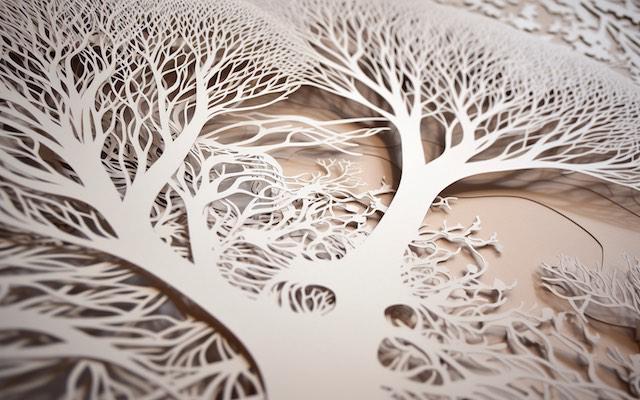
No matter how prolific AI becomes, humans will always have more things to create. This applies to physical products but also content such as books, movies, poems, plays, video games, shows, podcasts, blog posts, and songs. However, both amateur and professional artists will increasingly collaborate with AI to create these things.
Amateurs will continue to create for the joy and satisfaction of the creative process. You might like knitting, brewing, cooking, woodworking, pottery, sculpting, or writing. Maybe you want to make music, draw, build electronic gadgets, garden, or make video games. You might use AI as a creative partner to generate ideas and increase motivation or have the AI knock out aspects of the project that you find dull. Learning new art forms will be easier because AI can be a teacher or wise mentor. Imagine you’re wearing earbuds, and every time you get stuck, a gentle voice gives you a hint, nudging you along the path to mastery. As you improve, you stretch out the time between hints. One day you’re lost in the work, experiencing the intense satisfaction of having mastered your new craft, increasingly proud of your results, and you realize, with a slight smile, you haven’t heard that voice in weeks.
Professional work is different. Companies will be highly motivated to lower costs as much as possible, but they’ll generally find removing humans from the process impossible. You’ll usually need a human to interface with the AI to explain what’s required and judge the results. But judging output is a slippery slope; humans who judge will often become full creative partners.
Imagine you’re in the music business, and AI can produce a “finished” song with the press of a button. You’ll quickly realize how to improve the output quality: press the button many times and pick the best song. But rolling the dice listening to completed songs will become tedious — it’s inefficient. You’ll soon graduate to giving the AI detailed notes about what you like and don’t like, going through every decision it made, and even contributing parts directly yourself. Many professional artists will follow this path, from creators to hands-on producers, hitching their creative instincts to AI’s brute power.
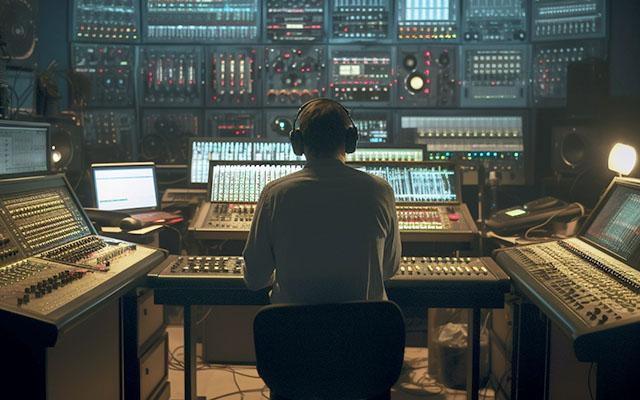
Humans will continue to create art because we want it that way. I once gazed up at Cirque Du Soleil acrobats performing thirty feet above the stage and realized I’d have zero interest in the show if the performers were robots. We pay more for a bowl formed by a craftsman in Guatemala than one stamped out by a factory in Shenzhen. With art, we often want a recognizable human author, not an anonymous one. We want to hear their answers to interview questions and see them walk up on stage during an award show. We want to follow their career as they progress from one project to the next and see them grow and mature as artists.
Thinking about AI in 2023 I find myself agreeing with what David Bowie said about the internet in 1999: we are on the cusp of something exhilarating and terrifying. There will be difficult times, but if we can navigate through them, there will be no end to humanity’s opportunities for creative expression. Humans have long questioned whether mathematical theorems are invented or discovered. Did humans invent the Pythagorean theorem, or was it always sitting out there, waiting for us to find it?
You could say the same thing about everything. In some sense, everything already exists, and what we are doing is traveling through the infinite expanse of possibilities, discovering one thing after the other. If you look at it that way, while AI will massively increase the speed at which we travel through that space of possibilities, it won’t strip us of our ability to navigate on our own whenever we want. No matter how far or fast AI enables us to travel, we can always suggest the next turn. No matter how big or complex an assembly is, we can always suggest the next piece and where to put it. There’s always one more step to take on an infinite journey.
More
- What AI-Generated Art Really Means for Human Creativity | WIRED
- Identifying molecules as biosignatures with assembly theory | Nature Communications
- Large Language Models and the Reverse Turing Test | Neural Computation
- Lee Cronin: Making matter come alive | TED Talk (video, 15m)
- Everything is a remix (video, 37m)